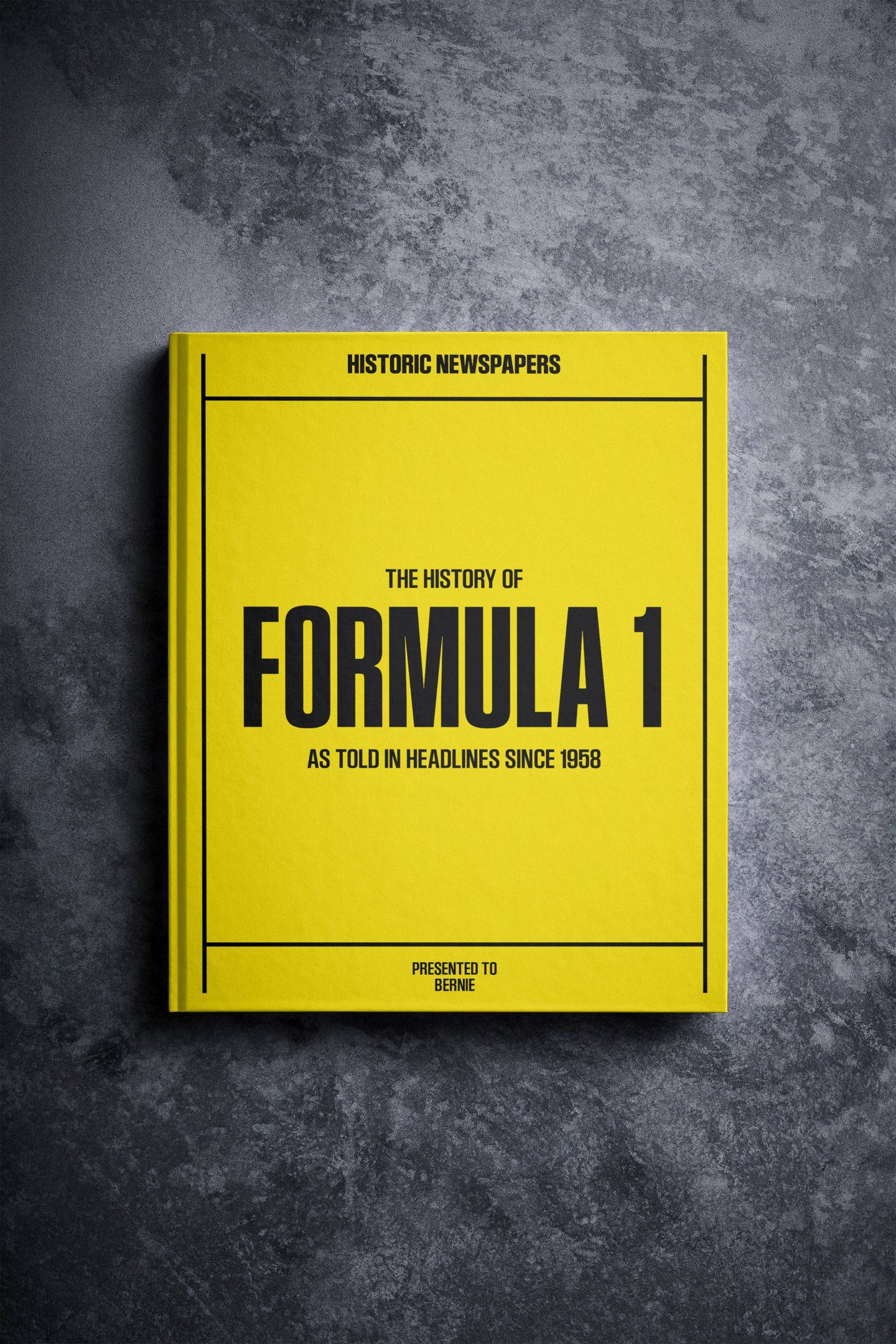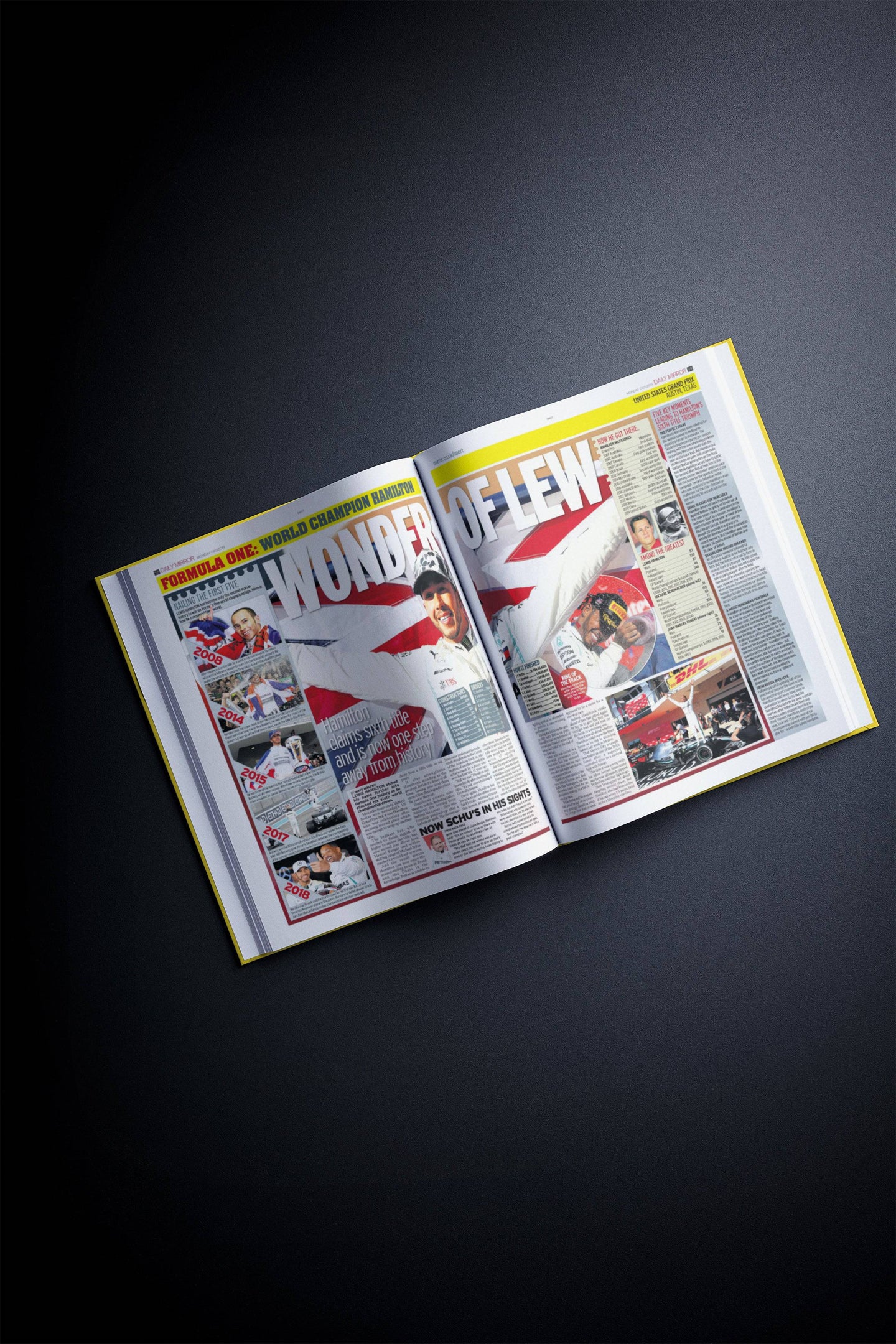The 1970s – blink and you’ll miss it. It was a difficult period for Britain, remembered as one of the worst decades of economic and political disquiet – the ‘sick man of Europe’ or ‘the Winter of Discontent’ to name some of the anecdotes to describe the decade.
Rightly so, we Brits had “never had it so good” to quote Harold McMillan leading into the 60s, enjoying the post-war affluence. Previous Labour leader Harold Wilson got the country up and running, but at a price of inflation by almost 30%, following a bailout from the IMF. Edward Heath’s promise of a “quiet revolution” wasn’t fruitful and incurred energy and financial dilemmas topped off with two miners’ strikes.
Next in line from 1978, James Callaghan attempted to tackle inflation and persuaded the Unions to limit pay rises to no more than 5% which paved the way for Margaret Thatcher’s policies shortly to follow. It was a historical moment for the rule of Thatcher as the first female prime minister. Under her rule came unparalleled anger and severe frustration. But the biggest changes in Britain were to be brought on by her rule from 1979.

Strikes, unburied bodies, trash piled high in the streets, all for council houses, trade union reforms and nationalisation of industries. Britain had been rivalled since the war, with our foreign competitors facilitating our previous industrial accomplishments with their newer, innovative technology. The industrial action of the unions in England was reactive. Unions attempted to ensure their members’ pay kept up with the rising inflation, due to wage grievances, as well as continuous challenges of the Union Reforms imposed by the Thatcher government. The party believed the Union’s protests’ destabilised parliamentary democracy and economic profit through strike action.

It was also a food revolution we couldn’t quite forget. Dinner parties and anything on a stick was all the rage. With the implementation of the Sexual Discrimination Act in 1975, the motion made it illegal for companies to discriminate against promising employees by their gender.
Two-thirds of women were under employment by the 70s and as a result, convenience was crucial more than ever for families on the go. But the height of the 70s suburbia was entertaining guests via dinner-parties. Mum could enjoy rolling in bottles of Blue Nun or Black Tower on a funky hostess trolley, adding a heightened sense of dining before the main event – a spread of glamorous 1970s dishes.
1970s Dishes
“Margaret, dear, I’m hosting a dinner party on Wednesday, do come over?”
It was a period of foil covered melons, stuck with toothpicks, holding cheese and pineapple on the ends to somewhat resemble a hedgehog. Food wasn’t only for the stomach, it was a feast for the eyes; like cocktail onions on a stick, topped with a generous chunk of cheddar or fish paste sandwiches cut into triangles – party food of the decade served for every family gathering.

But there’s more; prawn cocktail served with salad cream and tomato ketchup for a dazzling party snack; sherry trifle, soggy jelly-fruit flan, cool-whip, spam, stroganoff, steak and chips, egg and chips, fondue and frozen wonders. From arctic roll, to black forest gateaux, to angel delight, all enjoyed as a working-class feast. The Golden Wonder’s launch of Pot Noodle in 1977 was the icing on the cake we had been waiting for, until Delia…
The Delia Effect

Food icon and majestic 70s chef, Delia Smith paved the way to delicious 70s Recipes. Fanny Craddock ruled the 60s and Delia revitalized the possibilities of home-cooked food by going with the times.
Delia brought everyone back to basics with her food. Her recipes throughout the years have tackled every new development in varying cuisine, from canned produce to freezer essentials. Writing with a retro-approach to her ‘no-nonsense’ cooking style, the 70s Cookbook showcases her best recipes of the 70s, like “How to cook chips and everything”, “What’s your beef?” and “Trust the British to Bring Home the Bacon” (pun-tastic in our opinion).
The Family Food Guide
For the hostess with the mostest, wining and dining friends with vol au vents, cheese balls (or logs) and negroni was tediously fun. Compared to keeping kids interested in home-cooked meals amongst the growing range of consumerist wonders was exhausting. So mums turned to the Family Food Guide.
Thanks to Penny Burton, Sally Moore and Mary Griffiths, wonder-mums could whip up creative and foremost speedy meals to feed the hungry mouths, like “Saving the Italian Way” and “Warming to Frozen Vegetables”.

VESTA
What was the highlight of food of the 70s? One could say cocktail hedgehogs, arctic roll, or, Vesta. For some, Vesta T.V dinners were their first taste of curry, chow mein, risotto and spaghetti bolognese that wouldn’t soak up the sauce the way traditional penne or shells would in Italy.
Mimicking the ultimate sophistication of aeroplane-tray food brought on by the packaged holiday, Vesta debuted in 1961, produced by Batchelor’s. First developed by the American company, Swansons, in the 50s, they brilliantly found a market in combining turkey leftovers from Thanksgiving with the traditional potato and veg trimmings.

Vesta became the archetypal TV dinner, associated with watching more than just three channels and being utterly blown away by the crispy companions for chow mein. Freeze-dried food revolutionised cooking in the home and the taste of monosodium glutamate became addictive.
Missed Opportunity
Like the 60s, the 70s were inspired by the fashion, the music and what appeared on the three-channel TV. Every decade progressed to something more; technology, inventions and something happened to define the decade. Time-efficient gadgets were in all homes by the 1970s, which became essential with packaged food. As produce could be served from a sachet or cooked in a microwave, the stigma of ‘the housewife’ was diminishing and women could profit in jobs of their own.
But the poor benefitted from nothing whilst the 1% of the UK’s rich gained advantage. Was it an economy that was just ‘struggling’ or behind the political headlines, were families better off than imagined?
It was the largest multicultural, unionised period, and the realm of the packaged holiday. From 1971, four million Brits holidayed abroad; nine million by 1973 and 13 million in 1981. Perhaps it wasn’t a total disaster; it was just a missed opportunity and apparently a fair share of disposable income.
The 1970s brought us into a new era in food, producing ground-breaking and exciting concoctions we had never seen before. Everything served on a platter was ornate and very presentation-driven. Along with flares, brown home interiors and brown food.


























Follow us